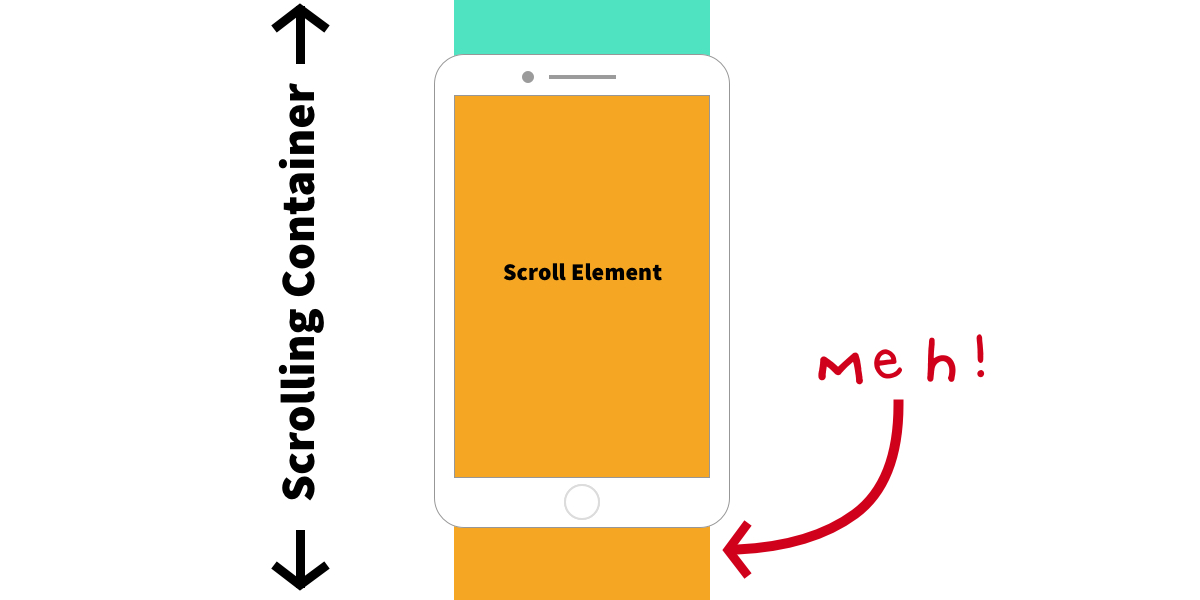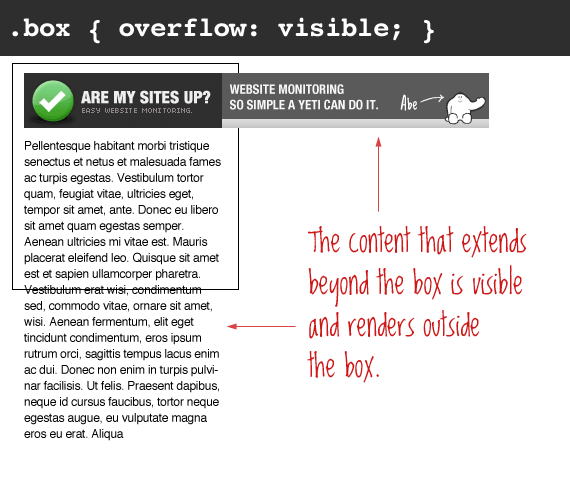

SCROLL ON OVERFLOW CSS SOFTWARE
It was popularised in the 1960s with the release of Letraset sheets containing Lorem Ipsum passages, and more recently with desktop publishing software like Aldus PageMaker including versions of Lorem Ipsum. It has survived not only five centuries, but also the leap into electronic typesetting, remaining essentially unchanged. Lorem Ipsum has been the industry's standard dummy text ever since the 1500s, when an unknown printer took a galley of type and scrambled it to make a type specimen book. Lorem Ipsum is simply dummy text of the printing and typesetting industry. If it exceeds that height, it will show a vertical scrollbar to view the rest of the content, but will not show a scrollbar if it does not exceed the height. The overflow: auto statement displays the scroll bar only when the text is longer than the boxs limit of displayable characters. For the vertical bar,it will allow the content to expand up to the height you have specified. Scrollable overflow is the content that appears outside the element box for which you might want to add a scrolling mechanism. Overflow happens when the content in an element box extends past one or more of the box's edges. Since your content by default just breaks to the next line when it cannot fit on the current line, a horizontal scrollbar won't be created (unless it's on an element that has word-wrapping disabled). The CSS overflow module properties enable you to handle scrollable overflow in visual media. If you only want a scrollbar to appear if you can scroll the box: If you can't actually scroll the context, it will appear as a"disabled" scrollbar.

This forces a scrollbar to appear for the vertical axis whether or not it is needed. If you always want the vertical scrollbar to appear: If the content doesn't need to be scrolled, the bar will appear as "disabled" or non-interactive. When a content overflows its block-level container, the CSS Overflow is used to specify the way to handle it. Scroll - This values forces a scrollbar, no matter what, even if the content does not exceed the boundary set. Instead (if the content exceeds those boundaries), it will create a scrollbar for either boundary (or both) that exceeds its length. If they are defined, it won't let the box expand past those boundaries. Visible If you don’t set the overflow property at all, the default is visible. Let’s take a look at each and then discuss some common uses and quirks. There are also sister properties overflow-y and overflow-x, which enjoy less widespread adoption. You are currently looking at these two:Īuto - This value will look at the width and height of the box. There are four values for the overflow property: visible (default), hidden, scroll, and auto. The scrollbar can be triggered with any property overflow, overflow-x, or overflow-y and each can be set to any of visible, hidden, scroll, auto, or inherit. ▊ ▎ I will permit it to pass over me ▊ ▎ I will permit it to pass over me ▊ ▎ and through me.You have it covered aside from using the wrong property. ▊ ▎ Fear is the little-death that ▊ ▎ Fear is the little-death that ▊ ▎ brings total obliteration. ▊ ▎ Where the fear has gone there ▊ ▎ Where the fear has gone there will ▊ ▎ will be nothing. Only I will ▊ ▎ be nothing. Only I will remain. ▊ ▎ And when it has gone past, I ▊ ▎ And when it has gone past, I will ▊ ▎ will turn the inner eye to see ▊ ▎ turn the inner eye to see its ▊ ▎ its path. The user just needs to scroll the mouse wheel down and when the user reached page 2 on the screen, the logic will change the mouse scroll direction from vertical to horizontal until the X distance of page 3 is fully reached, then and only then the mouse wheel direction back to vertical. ▊ ▎ I will permit it to pass over me ▊ ▎ I will permit it to pass over me ▊ ▎ and through me.


 0 kommentar(er)
0 kommentar(er)
